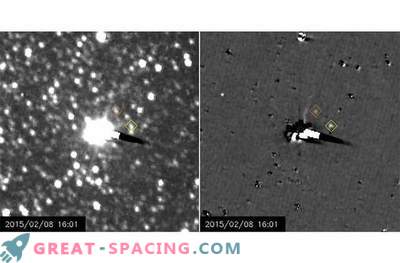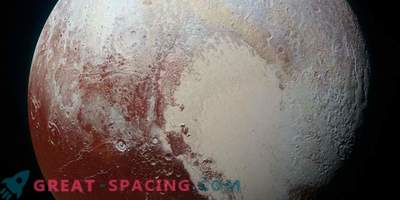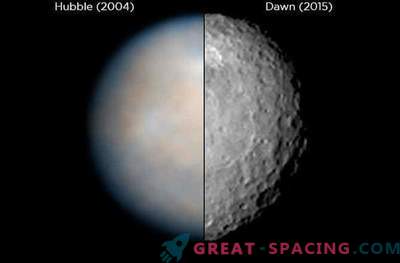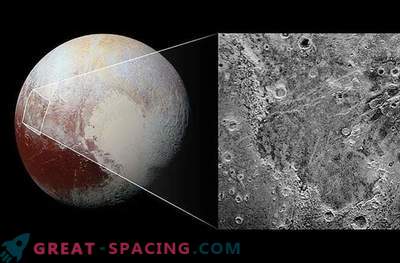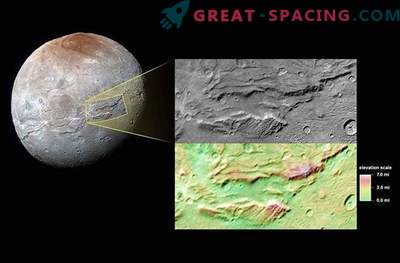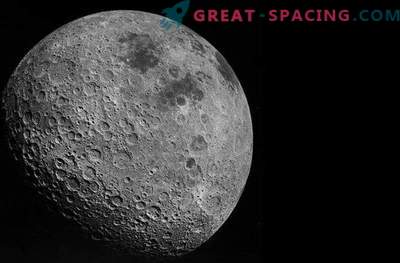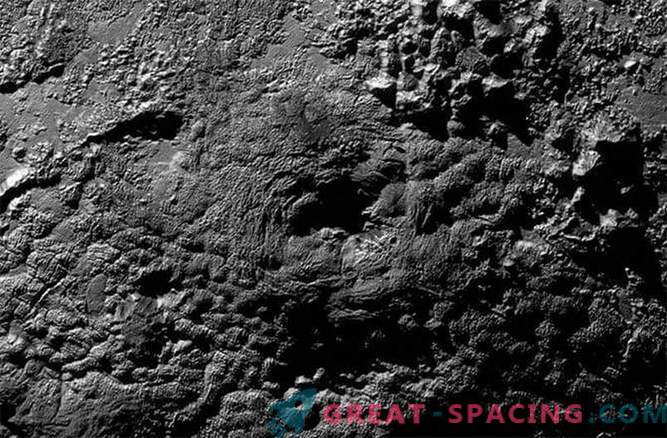
According to a new study presented to a wide audience on Monday, the giant mountains found on Pluto are volcanoes that spew ice and other volatile substances.
NASA's spacecraft spotted two giant mountains during its unprecedented flight around Pluto and its satellite, Charon, on July 14th.
"The mountains are more like volcanoes found on Earth and Mars than mountains found on other solar system objects," scientists said during the open day of planetary science at the American Astronomical Society in Maryland.
The mountains on Pluto extend over more than 100 miles and are several miles in height. The tops have indentations that look more like volcanic bowls.
"If they really are volcanoes, they are formed by the eruption of ice on the surface of Pluto. This would be one of the most phenomenal discoveries made by the New Horizons mission, and would make Pluto an even more fascinating and unique place," said planetary scientist Oliver White NASA Ames Research Center in Moffett Field, California. “Whatever they are, they are really strange. Volcanoes are the least strange hypothesis,” he added.
The heat that warms up the volcanoes probably comes from the decay of radioactive elements in the silicate core of Pluto.
"We are dealing with very volatile ice on the surface and if they really have a cryo-volcanic nature, then they do not need much heat to be ejected to the surface, like rock formations on Earth," added White.
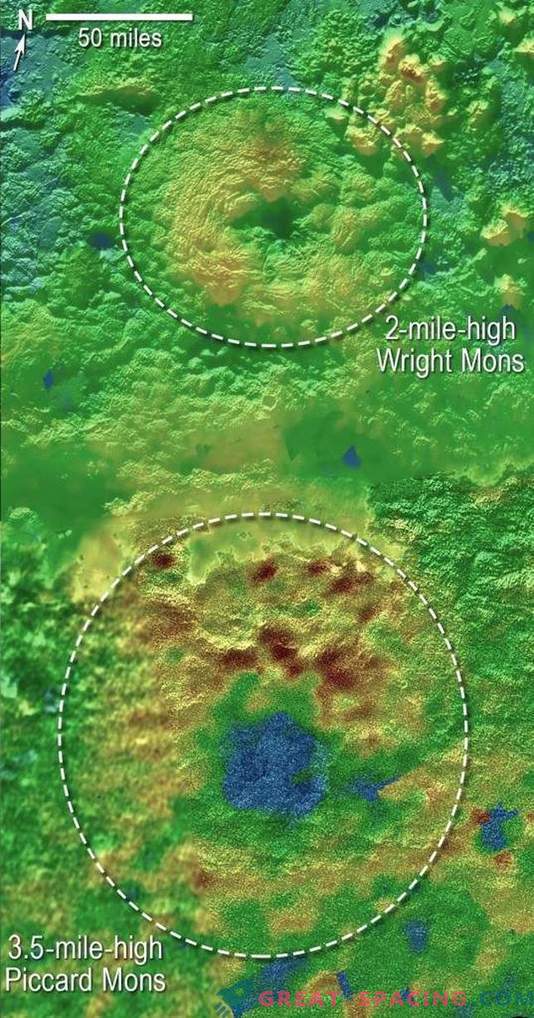
Scientists, using images of the mission of the New Horizons of the surface of Pluto, made 3D topographic maps and discovered that the two mountains, unofficially called Mount Mons and Mount Picard, could be ice volcanoes. Click on the images to go to full screen mode.
Another important point presented by the New Horizons team is detailed information about several large cracks on the surface of Pluto, which is possible proof of the underground liquid ocean.
Scientists also found that Pluto’s atmosphere is colder, smaller and more compressed than computer models predicted, and that its four satellites are spinning and oscillating rapidly.
Two satellites of Pluto: Kerber and Hydra, it seems, have two component parts, like comet 67P / Churyumov-Gerasimenko, and may be the result of the merger of two objects. "This may tell us that at some point in the past there were more than just four satellites, at least six," said Mark Showolter, a mission scientist at New Horizons from the SETI Institute in Mountain View, California.
"Two other satellites: Nykta and Styx are extremely elongated objects and can represent multi-bodies," he added.
Hydra is Pluto’s most distant satellite and rotates around its axis every 10 hours. This means that it will complete 89 revolutions during its 38-day orbit around Pluto.
The rotation of the satellites should have stabilized over time, but tidal forces from the satellite Charon, as scientists believe, keep the orbits of smaller satellites chaotic.
"We still can not understand the dynamics of this system," said Showalter. "We expected to see chaos there, but this is a pandemonium."
